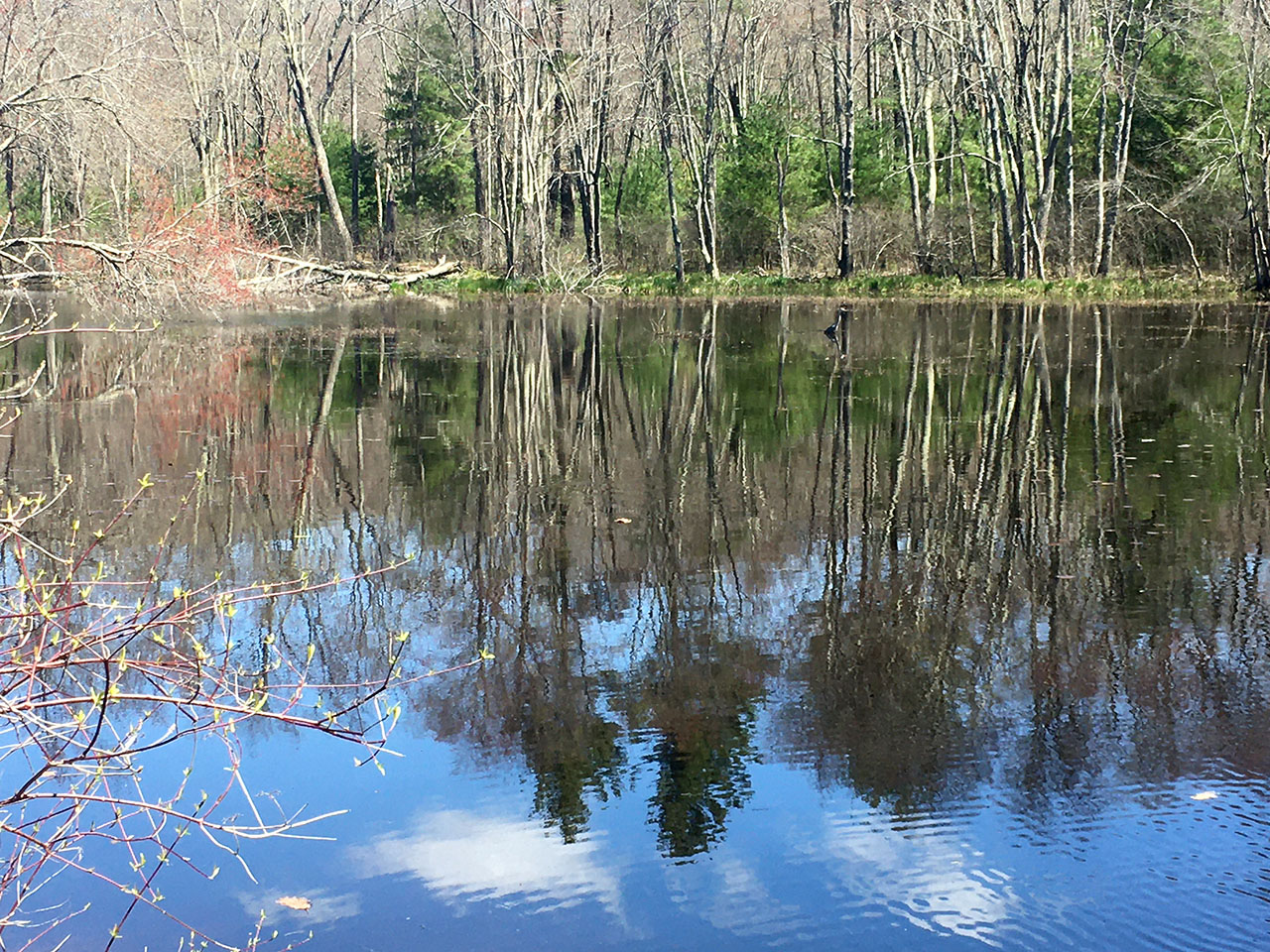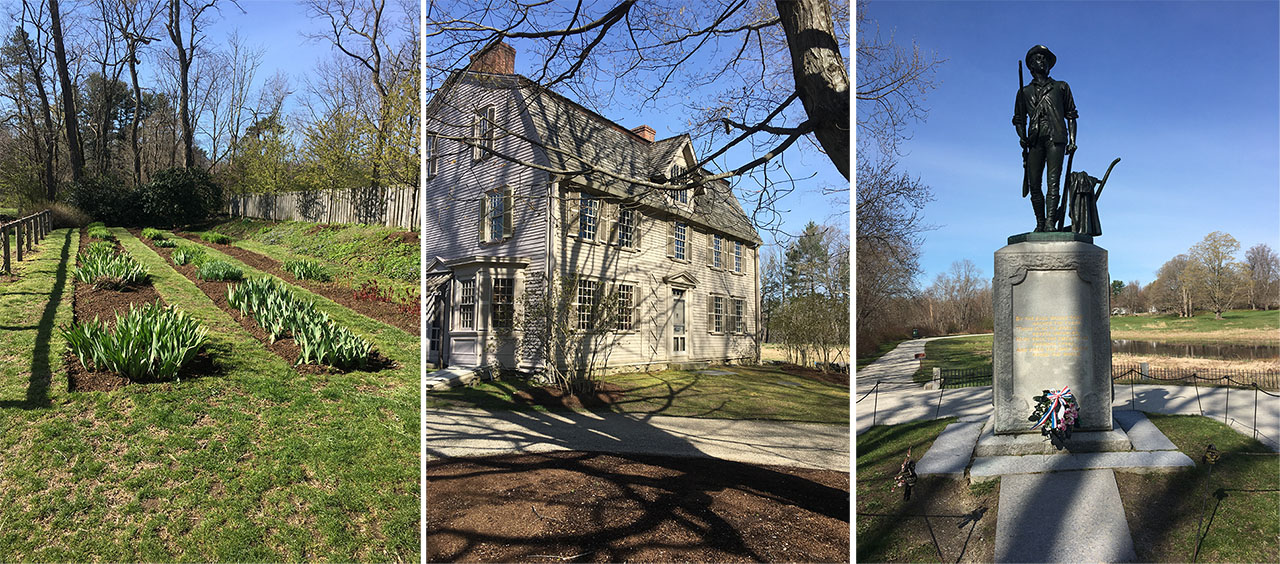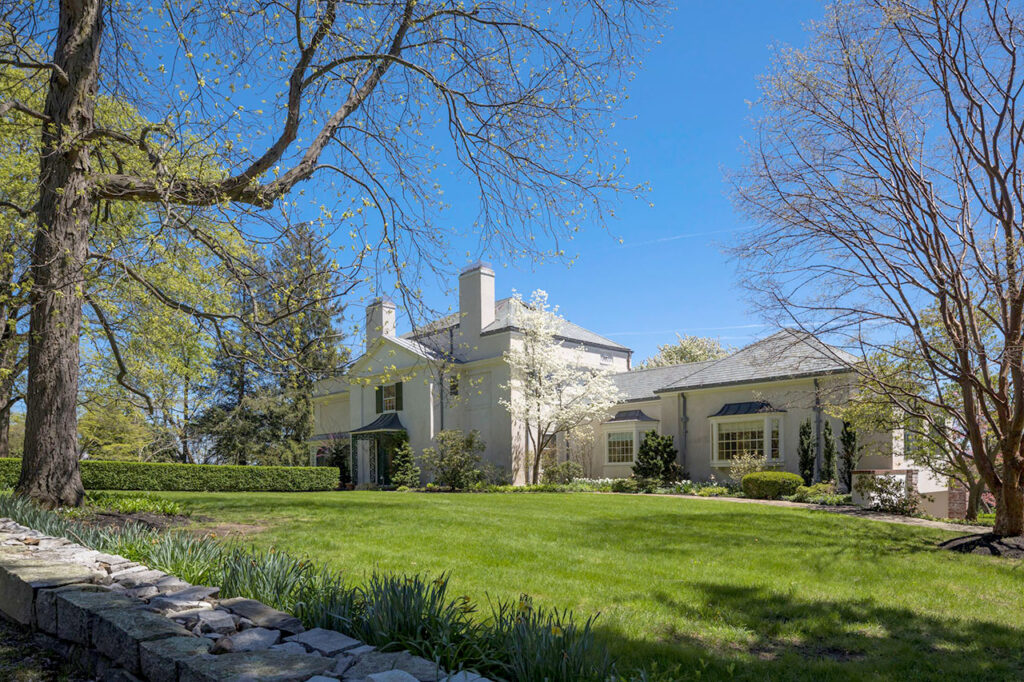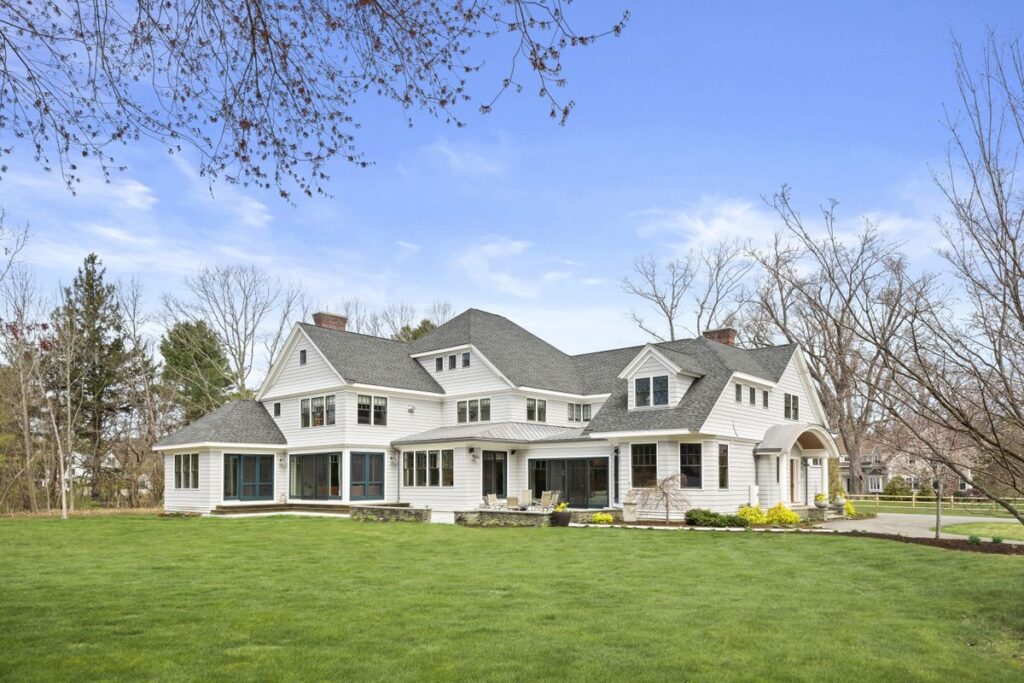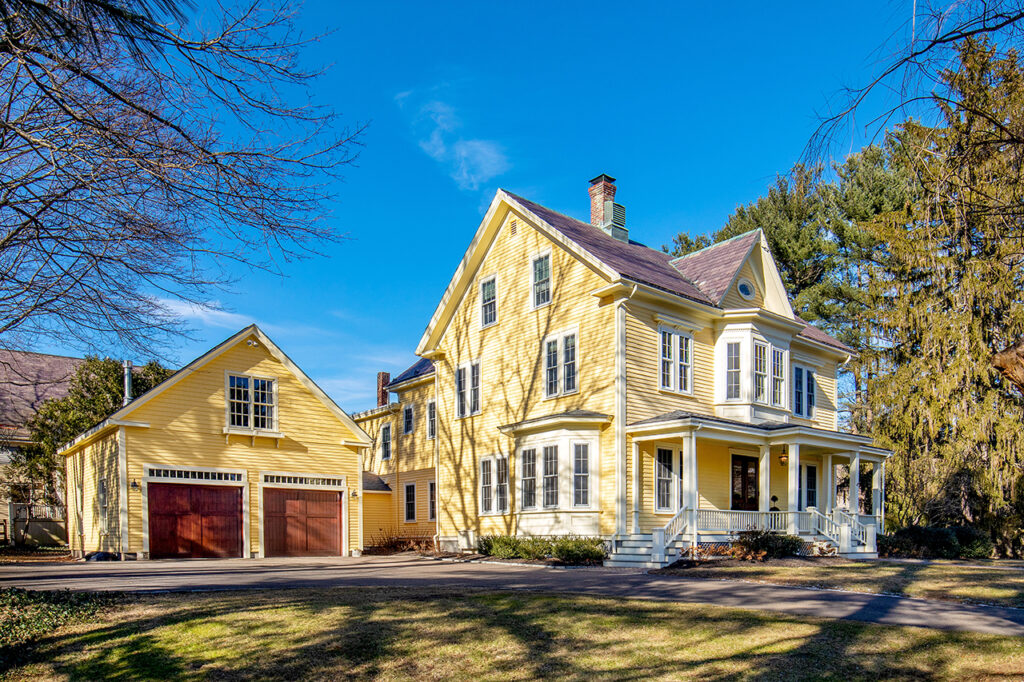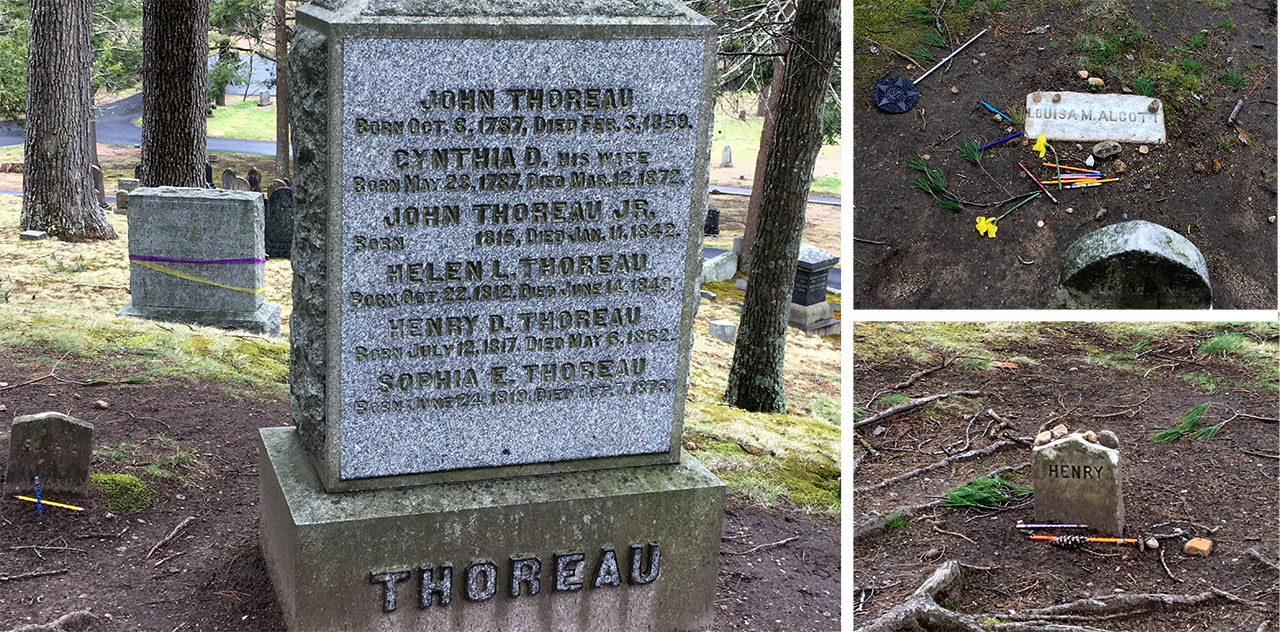 I start my walk in Sleepy Hollow Cemetery, an early example of the “rural” or “garden” cemetery. Its rolling landscape set in a park-like setting became popular in the mid-nineteenth century. Sleepy Hollow is known for Author’s Ridge, where you can find the gravestones of writers Louisa May Alcott, Ralph Waldo Emerson, Nathaniel Hawthorne, and Henry David Thoreau, to name a few. Recent visitors have left daffodils and pencils at each of their graves. I also find the headstone of a dear elderly neighbor which notes she was a “Friend With Nature.”
I start my walk in Sleepy Hollow Cemetery, an early example of the “rural” or “garden” cemetery. Its rolling landscape set in a park-like setting became popular in the mid-nineteenth century. Sleepy Hollow is known for Author’s Ridge, where you can find the gravestones of writers Louisa May Alcott, Ralph Waldo Emerson, Nathaniel Hawthorne, and Henry David Thoreau, to name a few. Recent visitors have left daffodils and pencils at each of their graves. I also find the headstone of a dear elderly neighbor which notes she was a “Friend With Nature.”
I wander out the back of the cemetery onto a walking path that leads into the Great Meadow National Wildlife Refuge, a freshwater wetlands conservation area. This is home to large numbers of great blue herons, eastern bluebirds, muskrats, turtles, and ducks as well as avid bird watchers and their long camera lenses. After walking the loop around the marsh pool, I return to the walking path, part of the Bay Circuit Trail, past farm fields, and the cemetery.
When I reach Monument Street, I turn right to walk toward the Old Manse and the North Bridge, where the first shots of the American Revolution were fired in April 1775. The Old Manse sits on the banks of the Concord River and was home to Ralph Waldo Emerson when he wrote the first draft of Nature as a young man. It was also the first home of newlyweds Nathaniel and Sophia Hawthorne. The gardens continue to be planted in the same way that Henry Thoreau created them as a wedding gift to the young couple. Within one walk I was exposed to Concord’s rich literary history, natural resources and wildlife, and its historical significance.
Find your special Concord property and explore the many elements of this town:
